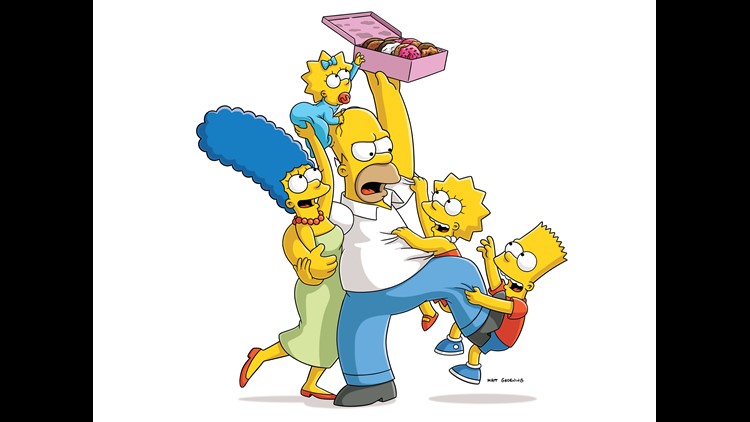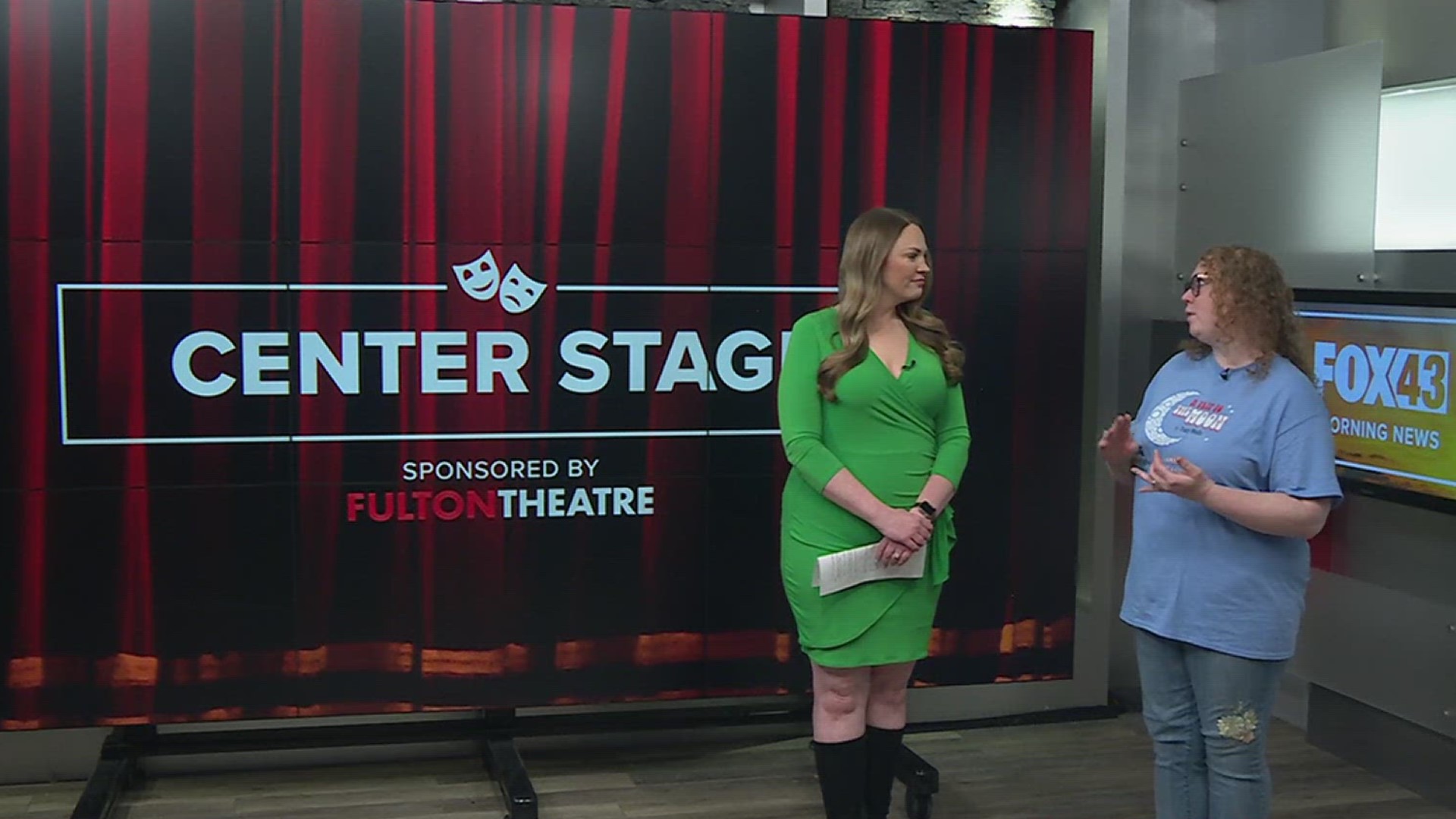When “The Simpsons” debuted in December 1989, it was the “perfect thing at the perfect time,” according to executive producer Al Jean. You could say, their timing was excellent.
Primetime animated TV families had a moment in the ’60s, with the likes of “The Jetsons” and “The Flintstones.” But there had never been anything quite like “The Simpsons” to hit the air. Six hundred episodes later, the show still aims to set itself apart.
At its start, the show — about dad Homer, mom Marge, and kids Lisa, Bart and Maggie — aimed to be a sometime-crude, always-funny look at family life, with social commentary and satire woven into the mix. And catchphrases. Oh, so many, now-classic catchphrases.
“It was about a family and it was written in an adult manner where people could relate to it no matter who they were,” Jean told CNN in a recent interview. “And since then, we’ve just worked incredibly hard.”
Just how hard? On Sunday, the show will officially hit 600 episodes — a milestone more than worthy of a ‘Woohoo!’
A lot has changed since the start. “The Simpsons” now exists in a TV landscape in which it’s not the only envelope-pushing cartoon on the block. (Looking at you, “Family Guy” and “South Park.”) It’s a $4 billion property — “or more,” said Jean — that has spawned everything from amusement park rides to 7-Eleven takeovers. And its such a global brand that creator Matt Groening gets recognized everywhere from Paris to Buenos Aires.
It would have been easy for the show to lose its way. But the minds behind “The Simpsons” have found ways to navigate its success.
They have rules for how or when the brand is used, for example. Because the characters are generally “not aware of their role as celebrities,” Groening says they have guidelines about how endorsements work.
“They always say, ‘Well, why can’t they just hold up the toothpaste?’ And I say, ‘James Bond, does not hold up toothpaste. And Bart is our James Bond,'” he told CNN.
Jean added: “There’s been a real restraint, if you can believe it….There have been plenty of things that have been turned down, honestly.”
On the technical side, they work hard keep episodes timely. Technology and digital animation have made that effort easier than it was in the early days.
It still takes about six months — and the collective effort of about 500 people, Groening estimates — to produce an episode of the show, but they’re now able to turn around timely shorts with relative ease. (In a recent one, Homer goes to vote on election day and finds himself face-to-face with Vladimir Putin.)
Not so easy? Finding stories after you’ve told more than 600 of them.
“Coming up with fresh stories that haven’t been done by us or by ‘South Park’ or ‘Family Guy,’ that’s harder,” Jean admitted. “There are thousands of episodes of primetime animated shows that weren’t there when we started.”
Sunday’s episode is also the 27th installment of its Treehouse of Horror franchise — an annual tradition where “The Simpsons” tells horror-themed micro-tales within its half hour. It features “The Simpsons” first-ever virtual reality couch gag.
Jean said the episode is one of his favorites — but he also admitted that he loves all 600 episodes in different ways.
“We’re lucky to have been on this long and hope to go on a lot more,” he said.
The voice cast of “The Simpsons” is under contract with the show through Season 30, but Jean said it’s “certainly possible” the show could go beyond that.
So, as long as the whole cast is interested in continuing (they negotiate as a group), the writers will keep pumping out the stories, Jean said.
“That’s how we look at it,” he said with a laugh. “We’ll grind them out like sausages.”
Which is, more than likely, okily-dokily with fans.



